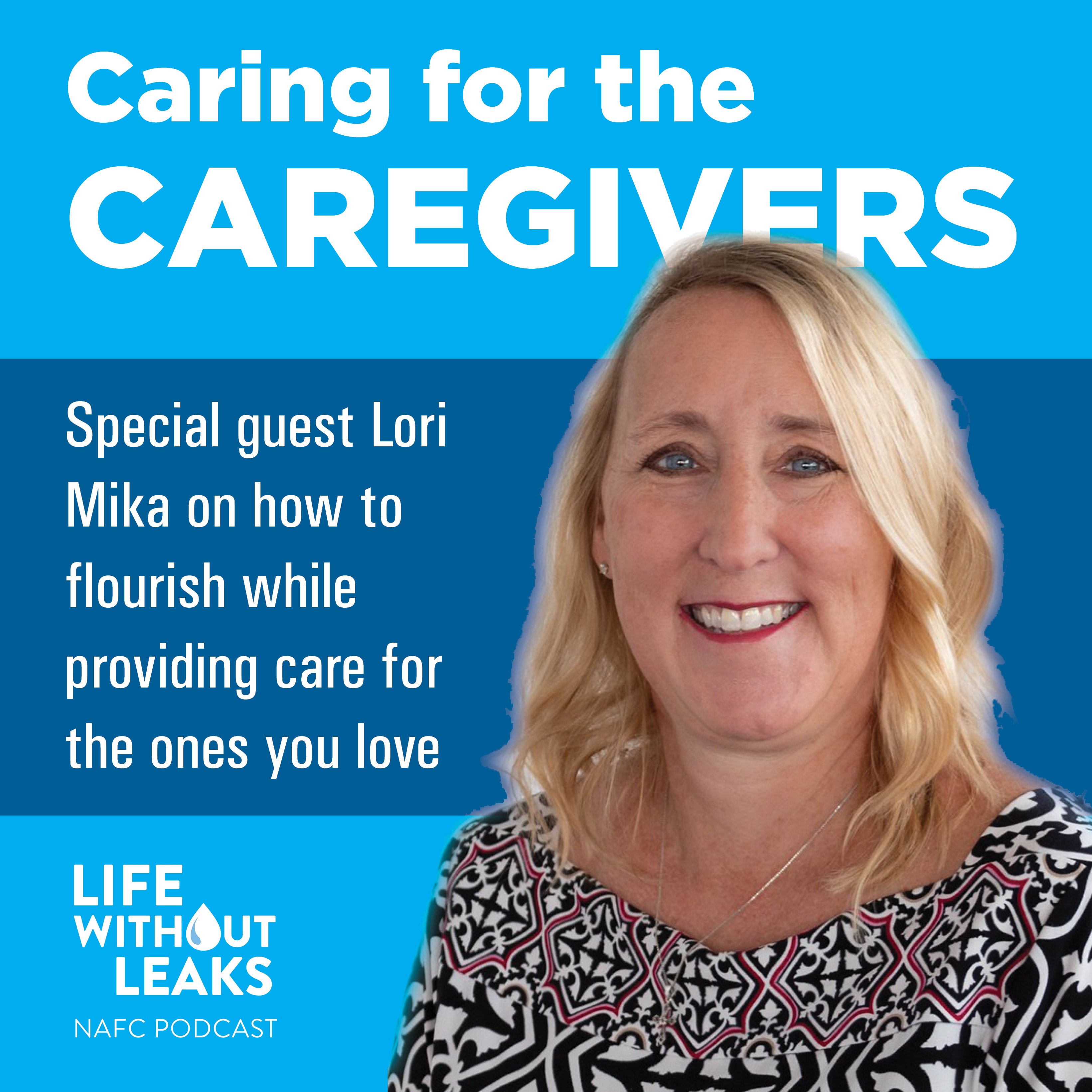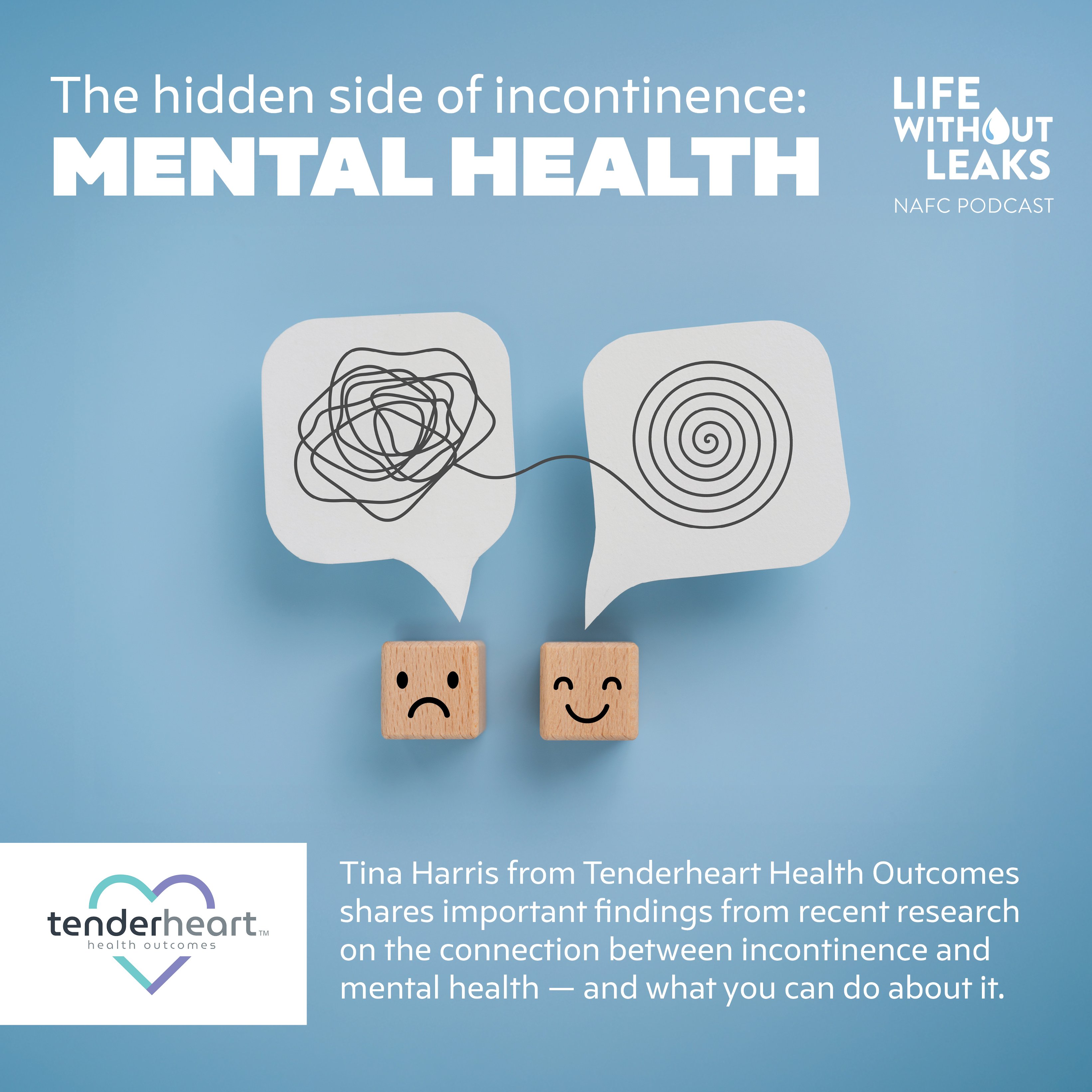Women’s Bladder And Bowel Health Conditions
JOIN OUR NEWSLETTER
Receive custom tools to help you manage your condition and get the latest in bladder and bowel health from NAFC!
Women’s Bladder And Bowel Health Conditions
If you’re dealing with bladder or bowel control problems, you might feel embarrassed, frustrated, or even a little alone. But the truth is, millions of women are going through the same thing. These challenges are more common than you think, and they are nothing to be ashamed of.
A lot of people believe incontinence is just soemthing that happens after having children or getting older, and that nothing can be done. But that’s not true. In fact, most bladder and bowel issues can be treated or managed so you can get back to living life on your terms.
It all starts with understanding what’s happening in your body. Once you know more, you and your doctor can create a plan that works for you. Below, you’ll find information about the most common types of bladder and bowel conditions, like urinary incontinence, and inflammatory bowel disease, along with links to help you learn more and take the next step toward feeling better.

Bedwetting
Bedwetting is a very common condition for adults -so common that it’s one of the most visited pages on our site! If you struggle with adult bedwetting, you’re not alone.
Bowel Health
If you are unable to make it to the bathroom without bowel leakage, you most likely are dealing with bowel incontinence. From dietary changes to exercise, there is much that you can do in order to take charge of your life with bowel incontinence.
FEMALE STRESS URINARY INCONTINENCE (SUI)
When physical activity exerts pressure on the bladder, leakage occurs. This could be when you lift something heavy, laugh, cough, or even sneeze. Many women experience this as a result of pregnancy and childbirth.
FISTULA
A fistula is an abnormal connection or passageway that connects two organs or vessels that do not usually connect. It can cause urine leakage, UTIs, vomiting, nausea, and diarrhea, among other symptoms. There are several types of fistulas, and various treatments for them as well.
INFLAMMATORY BOWEL DISEASE
IBD is a common, hard to diagnose condition that is often characterized by loose stools, abdominal pain, weight loss, fatigue or fever, but symptoms can be different for everyone.
Irritable Bowel Syndrome
IBS is a common digestive disorder that causes symptoms like stomach pain, bloating, gas, and changes in bowel habits such as diarrhea, constipation, or both.
MIXED INCONTINENCE
Having more than one type of incontinence is incredibly common. Many people may suffer not only from stress incontinence, but also overactive bladder.
NEUROLOGICAL CONDITIONS
Having a neurological condition can bring about a lot of unwanted side effects, and sometimes, incontinence can be one of them. Things like MS, Parkinson’s Disease, or spinal cord injuries can all lead to bladder leaks.
Nocturia
According to the American Urological Association (AUA), Nocturia is “the need to urinate at least twice during the night.” This is condition begins to show up in women around the age of 60. So if you’re making a couple of trips to the bathroom a night, you might want to learn more about this common and manageable condition.
OVERACTIVE BLADDER (OAB)
Overactive Bladder is a condition that results from sudden, involuntary contraction of the muscle in the wall of the urinary bladder. You experience a sudden and unstoppable need to urinate (urinary urgency). Overactive bladder should not be considered a normal part of aging.
PELVIC ORGAN PROLAPSE (POP)
The word prolapse means to fall out of place. When the pelvic wall weakens or ruptures, the bladder, uterus and rectum (or a combination of all three) can drop into the vaginal canal. This creates a blockage and creates difficulty emptying the bladder. In addition, POP can also cause incontinence or leakage as well.
PREGNANCY AND CHILDBIRTH
The physical trauma of childbirth can lead to both Stress Incontinence and Overactive Bladder. However, precautions can be taken to prepare the body and prevent or lessen the impact of childbirth on your urinary system.
URINARY RETENTION
Sometimes the problem isn’t leakage, but not being able to fully empty your bladder. If you have trouble starting a urine stream, a weak flow, or have to go to the bathroom frequently (even after you just went), you may have urinary retention.
URINARY TRACT INFECTION
Urinary tract infections (UTIs) are incredibly common, and are easily spotted by their hallmark symptoms – a burning sensation when you pee, having to empty your bladder frequently, and having to go RIGHT NOW!
UTERINE FIBROIDS
Uterine fibroids are growths that occur on the uterus. Symptoms may include heavy or prolonged menstrual bleeding, abdominal pain, trouble emptying your bladder, back pain, or pain during sex, among others.
RELATED ARTICLES

How to be an effective caregiver for your loved one – and for yourself
Caregiving for someone with incontinence can be challenging, demanding and frustrating at times – but it can also be an expression of love and an opportunity to strengthen a bond with someone you care deeply about. Today’s guest is Michelle Mongillo from First Quality, who recently authored Caring with Dignity: A Caregiver’s Guide to Incontinence.
It’s a fantastic resource to help those looking after a patient with bladder or bowel issues, but it’s also a remarkable introduction for those dealing with these conditions themselves.

Caring For Caregivers
One of the things that doesn’t get enough attention when it comes to living with incontinence is caregiving. Those who assist their loved ones managing their symptoms – the emotional ones as well as the physical ones – often don’t get the support they need, and that can take a tremendous toll on their own wellbeing. Today’s guest is Lori Mika, a certified dementia practitioner and a passionate caregiver herself as well as an account executive for Tranquility Incontinence Products, who shares with us about the things you can do to flourish in the caregiving role.

The hidden side of incontinence: Mental health challenges
When most people think about the symptoms of incontinence, they think about physical things like urgency and leaks. But what’s every bit as real – and every bit as troubling – are the mental health symptoms that so many patients live with. Incontinence is significantly associated with depression, anxiety and other mental issues, and addressing them can be a particular challenge.
Today’s guest is Tina Harris from Tenderheart Health Outcomes, here to share with us important information that the team at Tenderheart has learned about mental health from their research and patient surveys. She discusses what patients and caregivers commonly experience and offers strategies to help lighten the mental burden.

How to be an effective caregiver for your loved one – and for yourself
Caregiving for someone with incontinence can be challenging, demanding and frustrating at times – but it can also be an expression of love and an opportunity to strengthen a bond with someone you care deeply about. Today’s guest is Michelle Mongillo from First Quality, who recently authored Caring with Dignity: A Caregiver’s Guide to Incontinence.
It’s a fantastic resource to help those looking after a patient with bladder or bowel issues, but it’s also a remarkable introduction for those dealing with these conditions themselves.


